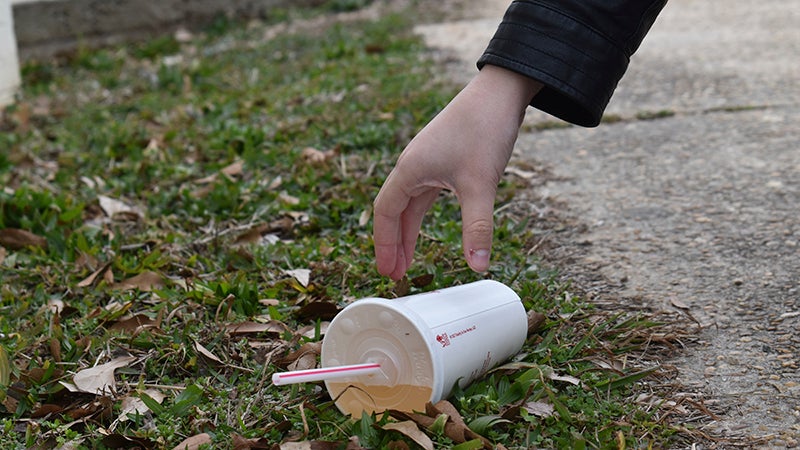One year after correctional facility closed, sheriff’s office looks at how inmate work programs are going
Published 11:11 pm Friday, February 9, 2018
The Troup County Board of Commissioners decided to close the Troup County Correctional Institute in May of last year, so that they could balance the budget.
In the last nine months, the sheriff’s office has taken over the inmate work programs and tried to pick up the slack with fewer inmates.
“For years, the prison had been open and the state only gave them a portion of what it actually cost to take care of an inmate daily, and when you are losing money, you either have to continue to lose money, hope they will increase it — which they refused to do — or you have to make the hard decision and close it to save money,” Sheriff James Woodruff said. “It was a hard decision for them, but we’ve tried to make it as positive as we possibly can.”
There were a few bumps in the road — including an increased visibility of roadside litter — but with the help of the Troup County Sheriff’s Office and recent meetings between city and county officials. The solutions to many of the concerns raised by the correctional institute closure are now in sight. However, assistance will be needed help from the citizens of Troup County to resolve the litter problem.
TCSO officially took over the inmate work and work release programs in July, following the closure of the correctional institute on June 30. Since inmates serving state time were sent to other prisons, the inmate worker program under the sheriff’s office only has about 25 county inmates instead of the 370 state inmates. That means that instead of 14 work details picking up trash on county roads every day, there is only one. Those workers still receive the same incentives for participating in the program as they did when only state programs did — like one day of work counting for two days of court mandated jail time.
Although there are fewer inmate workers, the program is still doing its best to clean up roads. In January 2018, inmate workers worked along 24 roads and picked up 725 bags of loose litter, 18 whole bags of trash, 72 tires and 21 deer, as well as other roadside clutter including three mattresses, two box springs and a car bumper. However, crew under the sheriff’s office cannot clean up all the litter from roughly 67,000 citizens if people don’t take responsibility for their litter, their roads and their community, Woodruff said.
“Sometimes as soon as our guys clean up the road, they come back, and the next day it is back to the way it was,” said Dept. Warden Sadie Lee, who is over the prison and work release. “So, it is going to take everybody working along with the few inmates we do have to make it work.”
The workers also help with other basic tasks across the county.
“Not only do they pick up paper, they clean the government center. They do the landscaping around the government center. They go out to the state patrol office,” Woodruff said.
“They go to the weigh stations. They go to the driver’s license division over on Dallis Street. I think the City of LaGrange uses some. The City of Hogansville (and) the City of West Point (use some). Some work for the road department to help with repairs and paving and such as that.”
At the same time, Woodruff agreed to take over the Troup County Work Release program as well. At that time, there were only 17 inmates in the program. Now the number of participants tends to stay in the mid-30s.
“I’m most impressed with the number of people that we were able to get into work release,” Woodruff said. “To go from 17 up to 50 at one time, and now we run in the mid 30s. We’ve doubled. So, that is a win-win for everybody. It helps the inmate keep their job, which if you’ve got a good job, and you made a mistake (that is significant). If you’ve been at a company for 20 years, you don’t want to lose your job and have to start all over, so it helps them keep their job.”
After the correction facility closed, most of the staff from the correctional institute found jobs locally. Twenty-three of 73 staff members transitioned to the sheriff’s office.
Other employees were able to find jobs in other county departments, through county hosted job fairs and their own job hunts. As of June, only 11 of those employees had not found other jobs according to County Manager Tod Tentler.
“I think another advantage to this is we were able to save a lot of jobs and keep a lot of jobs in the county to keep people here that know what they are doing,” Chief Deputy Jon Whitney said.






